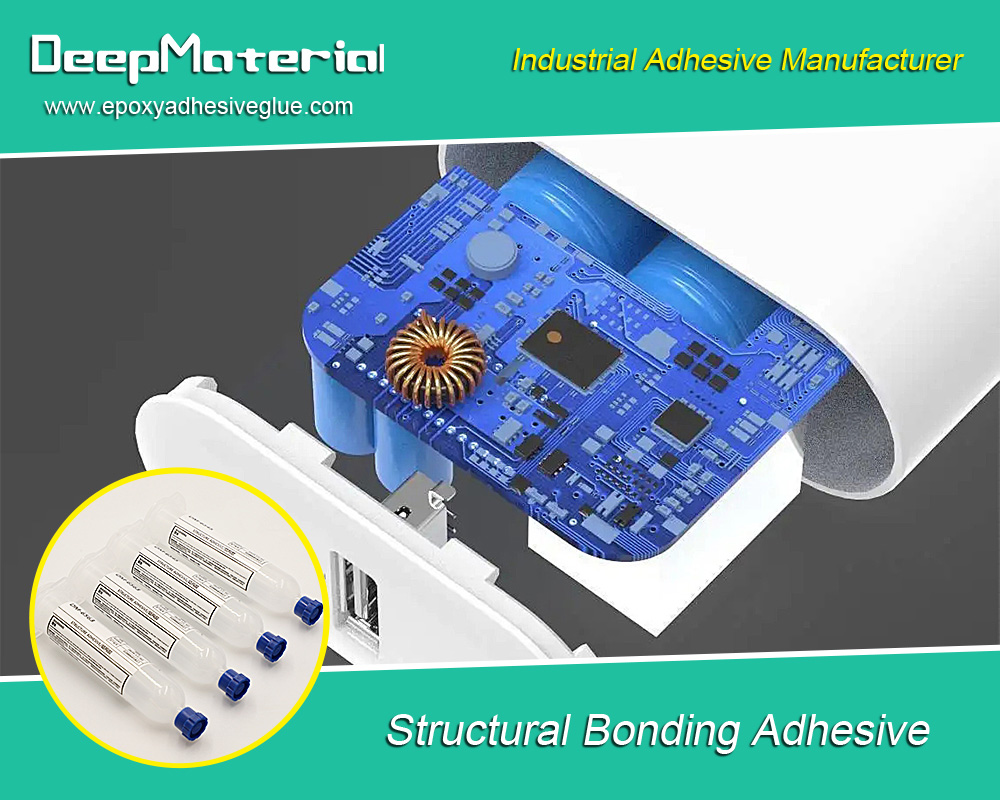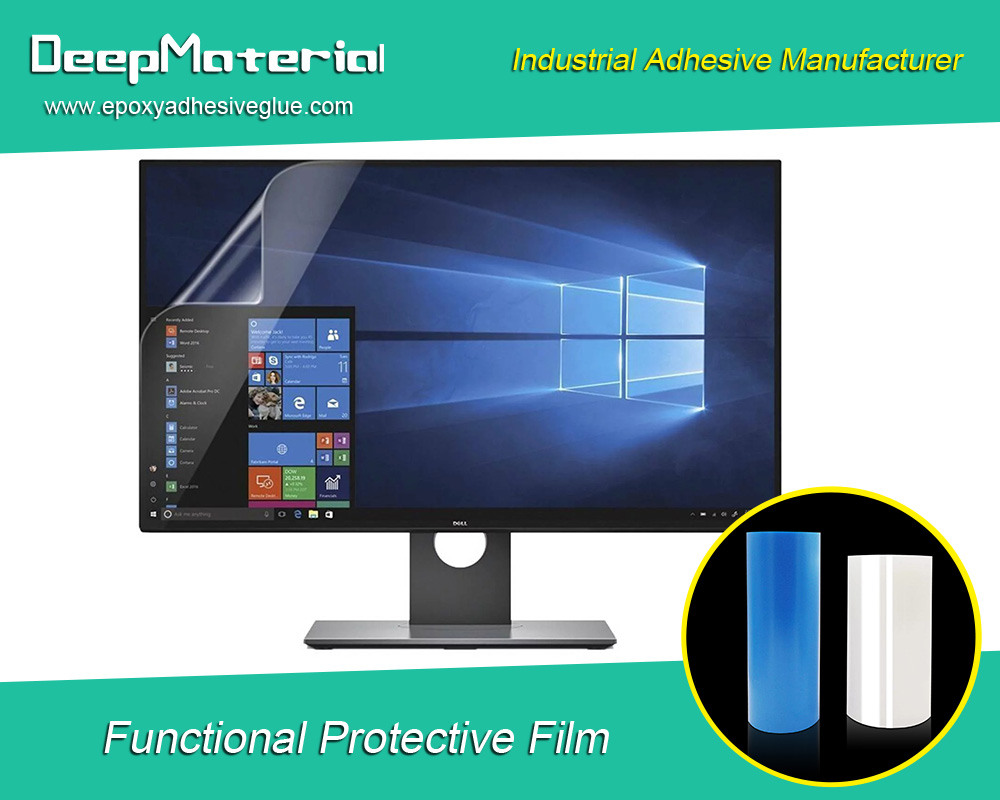Exploring the Advancements and Applications of BGA Underfill Epoxy
Exploring the Advancements and Applications of BGA Underfill Epoxy
Ball Grid Array (BGA) packaging has emerged as a popular choice in electronics manufacturing due to its high pin count, compact footprint, and improved thermal and electrical performance. However, as electronic devices become smaller and more complex, ensuring the reliability and durability of BGAs becomes increasingly challenging. This is where underfill epoxy comes into play, offering crucial reinforcement and protection for these sensitive electronic components. This article delves into BGA underfill epoxy, exploring its significance, applications, and the latest advancements in its formulation and application techniques.
Understanding BGA Underfill Epoxy
BGA underfill epoxy is a specialized material used in electronic packaging to enhance BGA components’ mechanical stability and reliability. BGAs consist of an array of solder balls arranged in a grid pattern on the underside of a package substrate. During the soldering process, these solder balls are attached to corresponding pads on the printed circuit board (PCB), forming electrical connections. However, the mismatch in coefficients of thermal expansion (CTE) between the BGA package and the PCB can lead to mechanical stress during temperature cycling, potentially causing solder joint fatigue and failure.
Underfill epoxy addresses this issue by filling the void between the BGA package and the PCB, forming a mechanical bond that redistributes the stress caused by thermal expansion and contraction. This not only improves the reliability of the solder joints but also enhances the overall robustness of the electronic assembly. Underfill materials are typically formulated as liquid epoxy resins that flow under the BGA component by capillary action and then cure to form a solid, resilient encapsulant.
Applications of BGA Underfill Epoxy
The applications of BGA underfill epoxy are widespread across various industries where compact, high-performance electronic devices are employed. Some notable applications include:
- Consumer Electronics: In smartphones, tablets, and wearables, where space is at a premium and reliability is paramount, BGA underfill epoxy ensures the longevity and durability of electronic assemblies, even in harsh operating conditions.
- Automotive Electronics: With electronics increasingly integrated into modern vehicles, BGA underfill epoxy plays a crucial role in protecting automotive electronic control units (ECUs) from temperature fluctuations, vibration, and mechanical stress encountered on the road.
- Aerospace and Defense: In aerospace and defense applications, where reliability is non-negotiable, underfill epoxy reinforces BGAs in avionics systems, communication equipment, and mission-critical electronics deployed in extreme environments.
- Industrial Equipment: BGA underfills epoxy used in industrial automation, robotics, and machinery, where electronic components are subjected to harsh operating conditions, including temperature variations, humidity, and mechanical shocks.
- Medical Devices: From diagnostic equipment to implantable devices, BGA underfill epoxy ensures the reliability and longevity of electronic components in medical devices, where performance and safety are paramount.

Advancements in BGA Underfill Epoxy
The field of BGA underfill epoxy continues to evolve, driven by the demand for higher reliability, increased miniaturization, and more stringent performance requirements. Some notable advancements include:
- Low-Stress Formulations: Manufacturers are developing underfill epoxy formulations with reduced CTE to minimize the stress on solder joints during temperature cycling, thereby enhancing reliability and prolonging the lifespan of electronic assemblies.
- High-Throughput Dispensing Systems: Automated dispensing systems equipped with precision control technologies enable the efficient application of underfill epoxy, improving production throughput while ensuring consistent quality and reliability.
- Enhanced Thermal Conductivity: To address the thermal management challenges associated with high-power electronic devices, underfill epoxy formulations with enhanced thermal conductivity are being developed. These formulations enable more effective heat dissipation and thermal management.
- Reflow-Compatible Formulations: Reflow-compatible underfill epoxy formulations allow for simultaneous soldering and underfilling of BGA components, streamlining the manufacturing process and reducing production cycle times.
- Conductive Underfills: In specific applications, such as flip-chip packaging, conductive underfill epoxy formulations provide both mechanical reinforcement and electrical conductivity, facilitating improved signal integrity and reliability.
Challenges and Future Directions
Despite the significant advancements in BGA underfill epoxy technology, several challenges persist, including:
- Compatibility: Ensuring compatibility between underfill epoxy formulations and other materials used in electronic assemblies, such as solder alloys and substrate materials, remains a crucial challenge.
- Miniaturization: As electronic devices continue to shrink, there is a growing demand for underfill epoxy formulations that can effectively fill smaller gaps and accommodate tighter pitch BGAs without compromising reliability.
- Reliability Testing: Developing standardized test methods and accelerated reliability testing protocols for evaluating the long-term performance of underfilled epoxy materials remains an ongoing area of research.
The future of BGA underfill epoxy will likely be shaped by advancements in material science, manufacturing processes, and reliability testing methodologies. As electronic devices become increasingly integrated into every aspect of our lives, the importance of robust and reliable BGA packaging solutions will only continue to grow, making underfill epoxy a critical enabler of technological innovation and progress.
Environmental Considerations and Sustainability
Recently, there has been a growing emphasis on environmental sustainability and reducing hazardous substances in electronic products. As such, there is increasing interest in developing underfill epoxy formulations free from harmful chemicals such as brominated flame retardants and volatile organic compounds (VOCs). Manufacturers are exploring alternative materials and eco-friendly additives to create underfill epoxy formulations that meet stringent environmental regulations without compromising performance or reliability.
Additionally, efforts are underway to improve the recyclability and biodegradability of underfilled epoxy materials to minimize their environmental impact at the end of their lifecycle. Research into bio-based resins and recyclable packaging solutions is ongoing to create sustainable alternatives for electronic packaging materials, including underfilled epoxy.
Integration with Emerging Technologies
As emerging technologies such as 5G, the Internet of Things (IoT), and artificial intelligence (AI) continue to reshape the landscape of electronics manufacturing, there will be new opportunities and challenges for BGA underfill epoxy. These technologies often demand higher performance levels, reliability, and miniaturization, driving the need for advanced underfill materials and manufacturing processes.
For example, the proliferation of IoT devices and edge computing platforms requires electronics that can withstand harsh environmental conditions, including temperature extremes, humidity, and mechanical shock. Underfill epoxy formulations tailored to these specific requirements will be essential for ensuring the reliability and longevity of IoT devices in diverse applications ranging from smart homes to industrial automation.
Similarly, the rollout of 5G networks and the deployment of AI-enabled edge devices will necessitate underfill epoxy materials capable of dissipating heat more effectively and providing robust electrical insulation to support high-speed data transmission and processing.
Collaboration and Knowledge Sharing
In the fast-paced world of electronics manufacturing, collaboration and knowledge sharing among industry stakeholders are vital for driving innovation and addressing everyday challenges. Industry consortia, research organizations, and academic institutions play a crucial role in facilitating collaboration and fostering the exchange of ideas, expertise, and best practices in developing and deploying BGA underfilling epoxy materials.
By working together, manufacturers, material suppliers, equipment vendors, and end-users can collectively identify emerging trends, address technical barriers, and accelerate the adoption of new technologies and methodologies in BGA packaging.
onclusion
BGA underfill epoxy continues to play a pivotal role in ensuring electronic devices’ reliability, durability, and performance across a wide range of industries. As electronic devices become increasingly compact, powerful, and interconnected, the demand for advanced underfill materials and manufacturing processes will only grow.
By leveraging advancements in material science, manufacturing technologies, and environmental sustainability, the electronics industry can develop underfill epoxy formulations that meet the evolving needs of modern electronic assemblies while minimizing their ecological footprint.
Looking ahead, collaboration, innovation, and a commitment to sustainability will be key drivers shaping the future of BGA underfill epoxy. These will enable the continued advancement of electronic devices and technologies that enhance our lives and drive economic growth.
For more about exploring the advancements and applications of BGA underfill epoxy, you can pay a visit to DeepMaterial at https://www.epoxyadhesiveglue.com/category/epoxy-adhesives-glue/ for more info.











